There is a variety of varnish and lacquer in the market for different types of work. Each type has a corresponding purpose, that's why knowing which product to use and where to use it is important in order to get the best results. You're probably wondering if wood fillers will stick to plastic. We gathered the information you will need in order to decide, so you don't have to!
The answer is clearly no. Although wood filler will work on plastic, it will not stick for a long time unlike when it is used in materials that fit with its main purpose. Even if you sand the wood filler to achieve a better grip, the hold will not last for a long time since the wood filler is not designed for plastic.
Instead of applying it to plastic, you can use a wood filler on surfaces or materials made of wood such as wood flooring, wooden cabinets, and tables.
Classic woodworkers combine sawdust and adhesives such as wood glue in order to make a wood filler, while others can buy conventional and ready-to-use wood fillers in the market. We've listed out the benefits of using a wood filler, where you can effectively use it and how to apply it so keep reading to learn more!
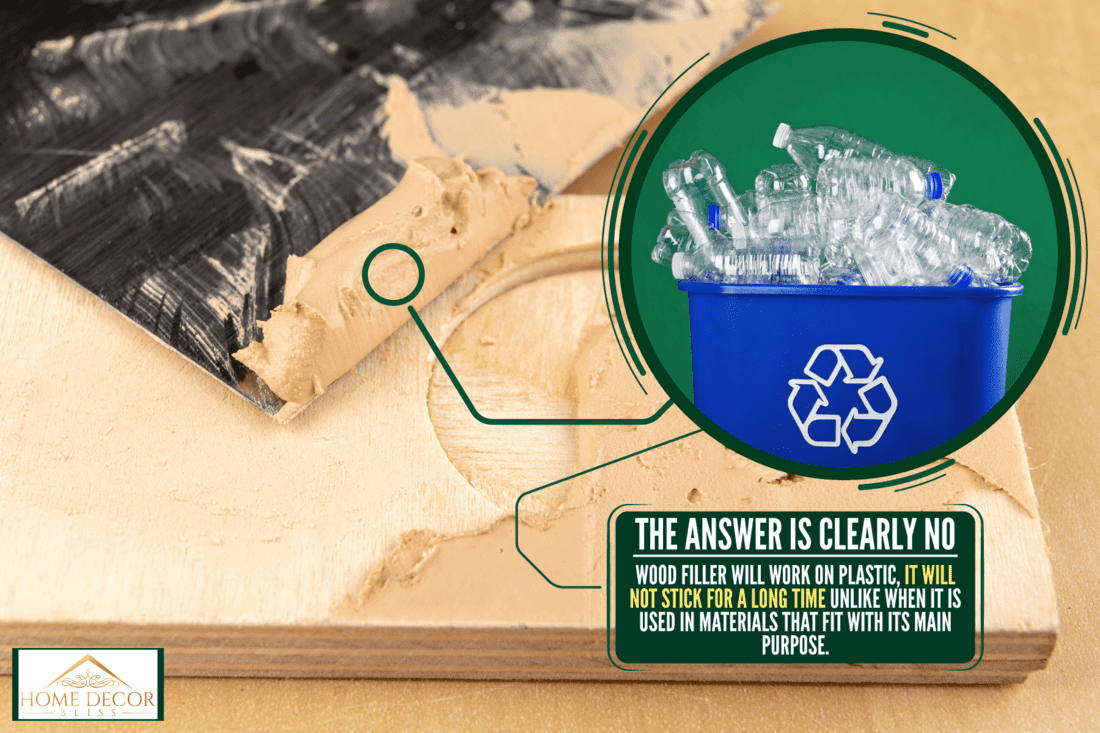
Why Wood Filler Won't Stick To Plastic?
Wood fillers do not adhere to shiny or slick surfaces such as plastic. Wood fillers seep through the fiber of the wood, and that is how it bonds with the wood, but since plastic does not have the same components as wood, plastic cannot absorb the wood filler.
Even if you try to sand it for the wood filler to stick, once the wood filler cures, it will still fall off because it cannot go inside the plastic to bond with its fibers.
We sometimes add affiliate links and content that was curated and created by our team with the help of advanced ai tools to help showcase the best design styles.
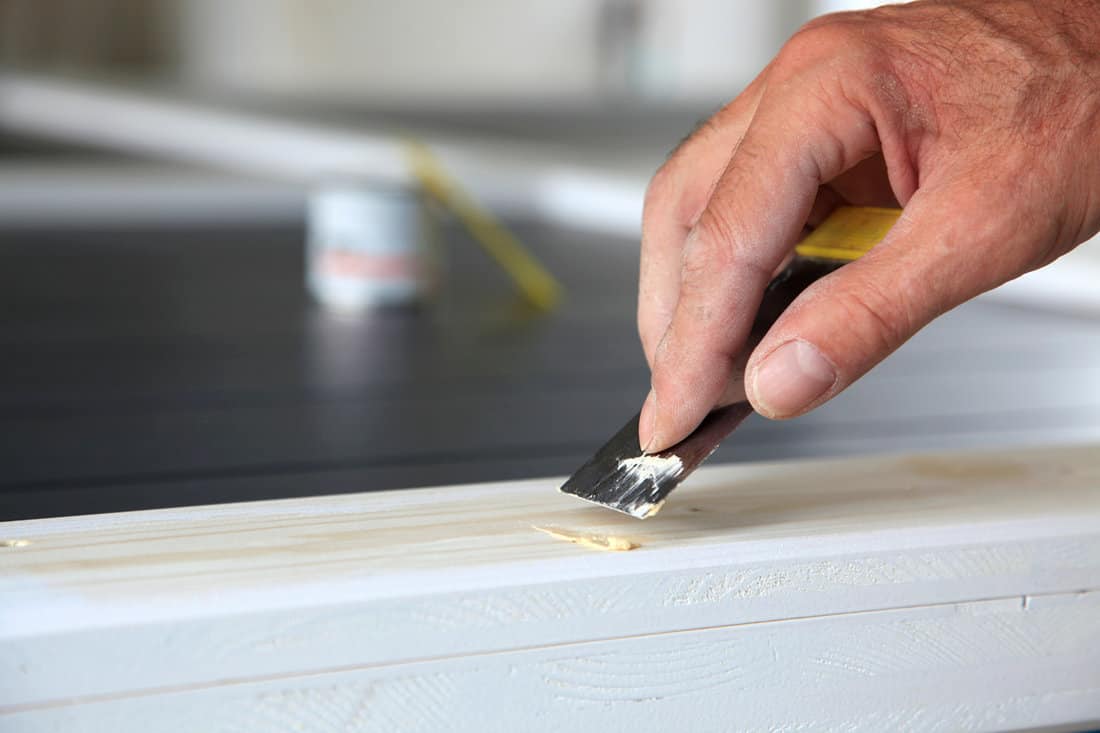
What is a Wood Filler?
Woodworks are still patronized by many people nowadays because of their sturdy features. In order to keep the surface of woodworks smooth, wood fillers are often used.
Wood filler is a mixture or product that is used for various purposes such as filling gaps and cracks in woods. It can seep into wood fibers and bind with them, giving it a strong adhesive effect.
Wood fillers harden when dried, can be stained, and are also sandable. It is commonly used to fill gaps and inconsistent parts of the wood. Not only that, but you can also patch cracks or damages on wood, and conceal the nail's head using a wood filler.
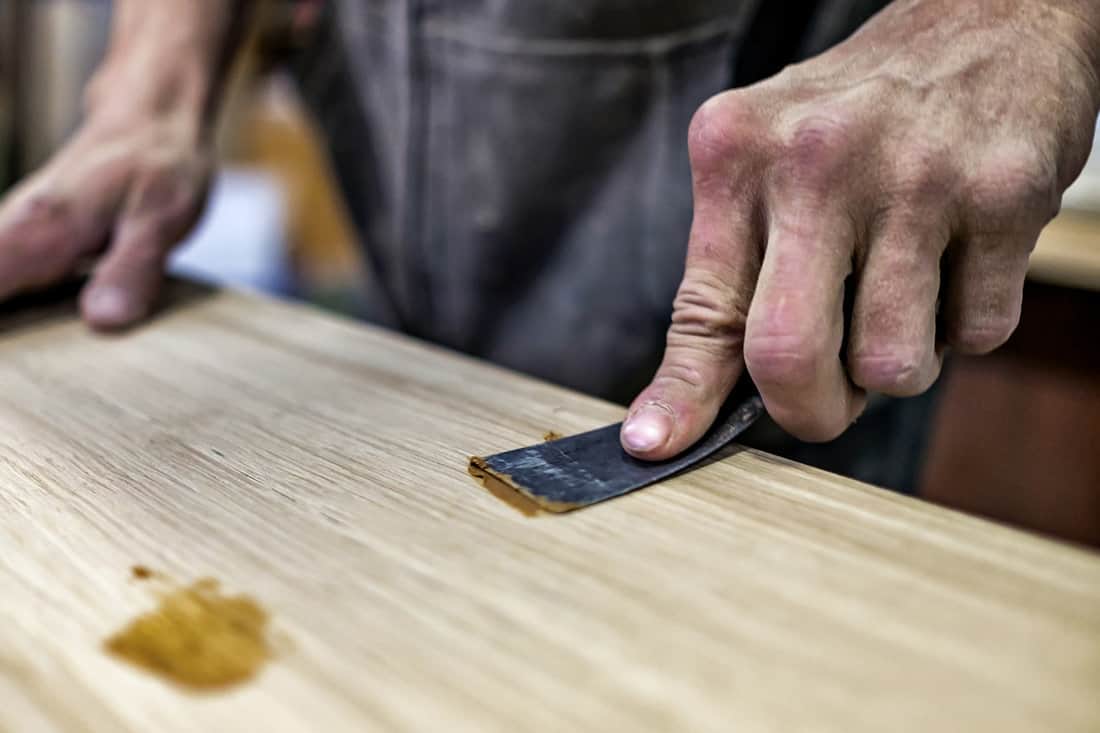
A wood filler is not just a woodworker's best friend. It can also be used to repair parts of the house made of wood since it becomes hard as a rock when dry. Although it is adhesive, wood fillers are not replacements for wood glue.
Two Types of Wood Filler
In case you've been thinking of purchasing a wood filler instead of making your own mixture, let's first discuss the two types of wood filler and the difference between the two.
Water-based Wood Filler
A water-based wood filler is a mixture of cellulose, wood fiber or sawdust, or gypsum. You can identify it scan it can have a crumbly texture compared to the other type of wood filler, which is petroleum-based. It is easy to know if the wood filler is water-based because water is an option to clean it.
To use a water-based wood filler, you need to mix it with the right amount of water as instructed by the manufacturer. Compared to a petroleum-based wood filler, water-based wood fillers take longer to dry.
Click here to see this water-based wood filler on Amazon.
Petroleum-based Wood Filler
A petroleum-based wood filler is better to apply on the outer part of the wood since it can protect the surface from moisture and humidity. It also gives off a smoother texture compared to a water-based wood filler.
Unlike a water-based wood filler, you cannot clean it up with water, and this type of wood filler will require you to use chemicals such as acetone for cleaning. However, a petroleum-based wood filler cures longer than a water-based wood filler.
Benefits of Using a Wood Filler
Before applying a wood filler, let's first understand the benefits of using it instead of other options that you can choose from. Wood fillers can be helpful in many ways in terms of repairing, but the main benefits of using a wood filler are as follows:
- Cures at a shorter period of time
- Can be applied to porous woods
- Hard and steady when dry
Unlike wood putty which is another type of product used for wood repairs, a wood filler dries faster. It can also be applied on hardwoods, and it does not bend when cured.
Click here to see this plastic wood filler on Amazon.
How Do You Use a Wood Filler at Home?
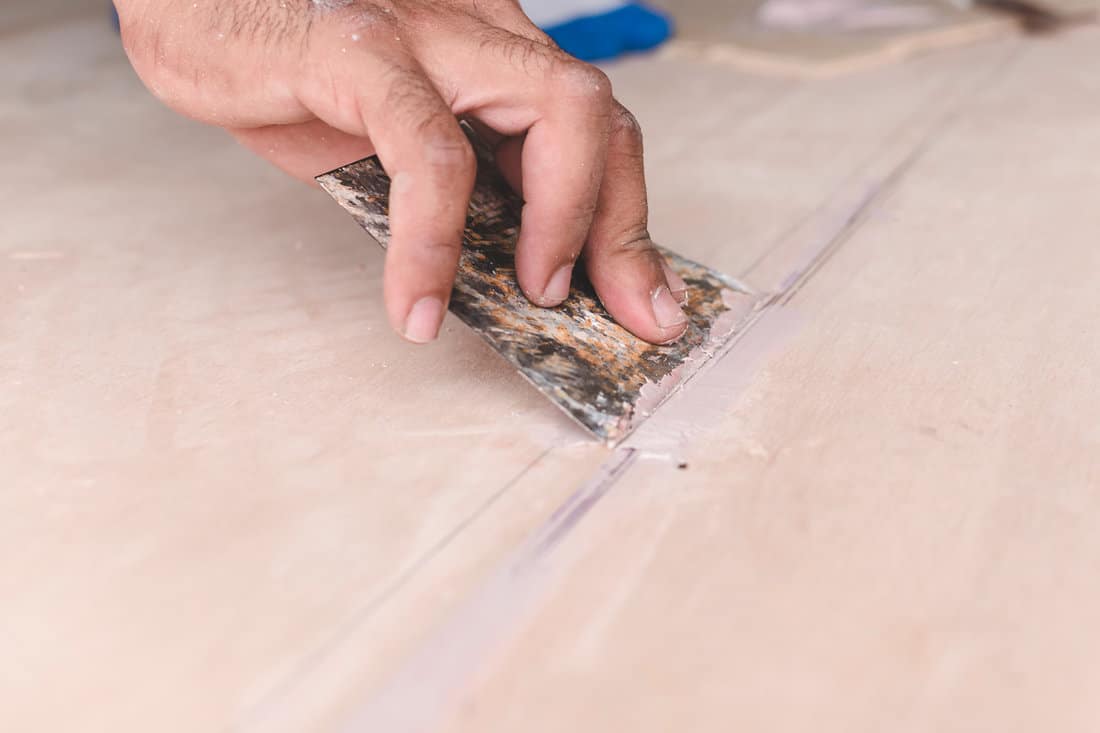
There are various ways to use a wood filler. The good news is that you don't have to be a professional woodworker to learn how to apply it. Here are some ways to use a wood filler at home:
To Fill Holes and Gaps
Sometimes we want to turn the spare woods in the backyard into furniture or a door, but sliced woods can come with holes or gaps which is a natural thing. In case you want to cover the empty spaces instead of chopping the other parts to get an even piece of wood, you can just fill it with wood fillers.
Wood filler is perfect for gaps and holes in wood. It becomes hard when dry, and you can sand it to make it even with the piece of wood. Just apply the wood filler and let it sit until it's dry, and then you can sand it and proceed with your plan with the wood.
To Patch Cracks
Wood furniture and other parts of the house made of wood can be sturdy, but they can weaken and crack over time. If you want to repair instead of replacing them, you can apply wood fillers in the cracked areas. Since wood fillers are adhesive, they will follow the proportion of the crack and fill it.
The wood filler will repair the area from the inside while giving it a strong hold when dried.
To Cover Nail Heads
If you're trying to achieve an aesthetic-looking surface, you might want to hide those nail heads that can ruin the view. Wood fillers don't just fill holes or patch cracks. It also helps conceal nail heads to create an illusion that no nail was hammered into the wood.
To Cover and Fill Holes on The Wood Flooring
In order to avoid accidents caused by holes and gaps on the floor, you can fill them with a wood filler. Just like how you apply it in gaps found on pieces of wood, place the right amount of wood filler into the hole and let it cure until it hardens.
To Mold or Reshape Wooden Table and Cabinet's Edges
It is risky when table or cabinet corners appear too sharp. Accidents can happen anytime, especially when there are children at home. Prevention is better than cure, so before anything bad happens, you can get your wood filler to mold a safer edge for your table or cabinet edges. You can also do this trick on other furniture made of wood that has sharp edges.
Can You Make a Wood Filler at Home?
Yes, you can. You just need to mix wood glue and sawdust in order to make your own wood filler if you're not fond of buying commercial products. Grab a paper plate where you can put the sawdust. Pour the glue and mix it well until you get your desired texture.
Are Wood Filler and Wood Putty The Same Thing?
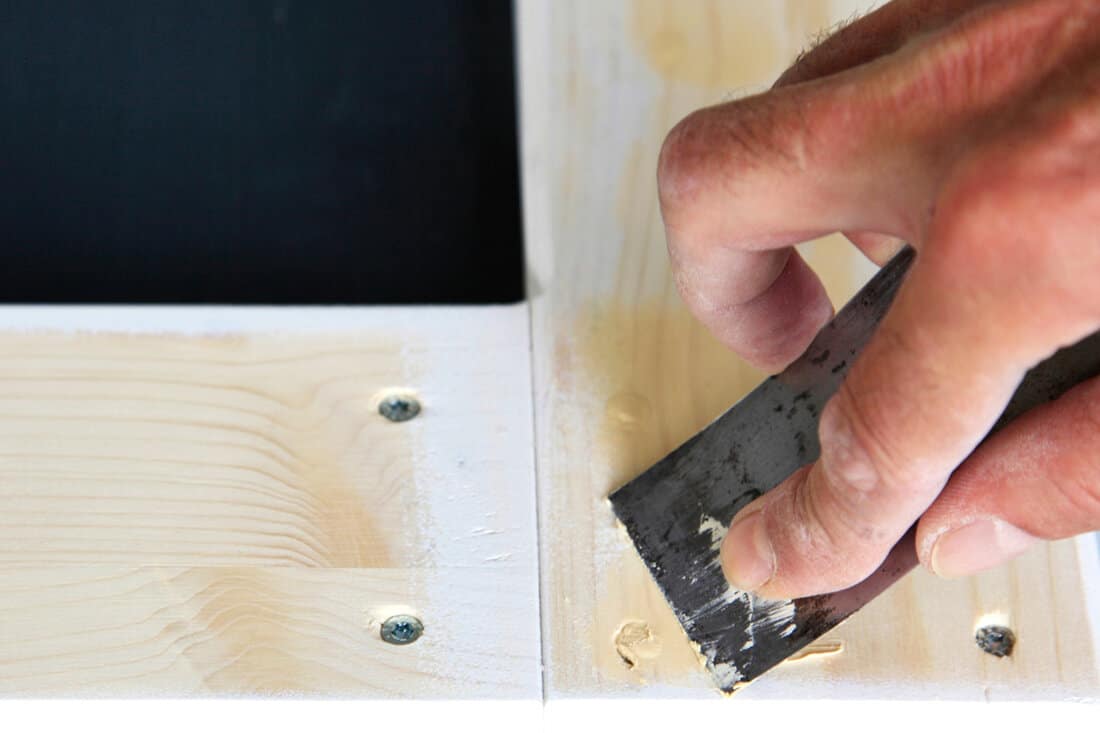
There is a common misconception that wood fillers and wood putty are the same thing. These are two different types of products that are used in woodworks and repairs.
While wood fillers are hard when cured, wood putty isn't. Wood putty is denser compared to wood filler. Another difference between these two is that wood fillers are used to fill large holes while the wood putty is ideal for nicks and smaller holes.
To Wrap It Up
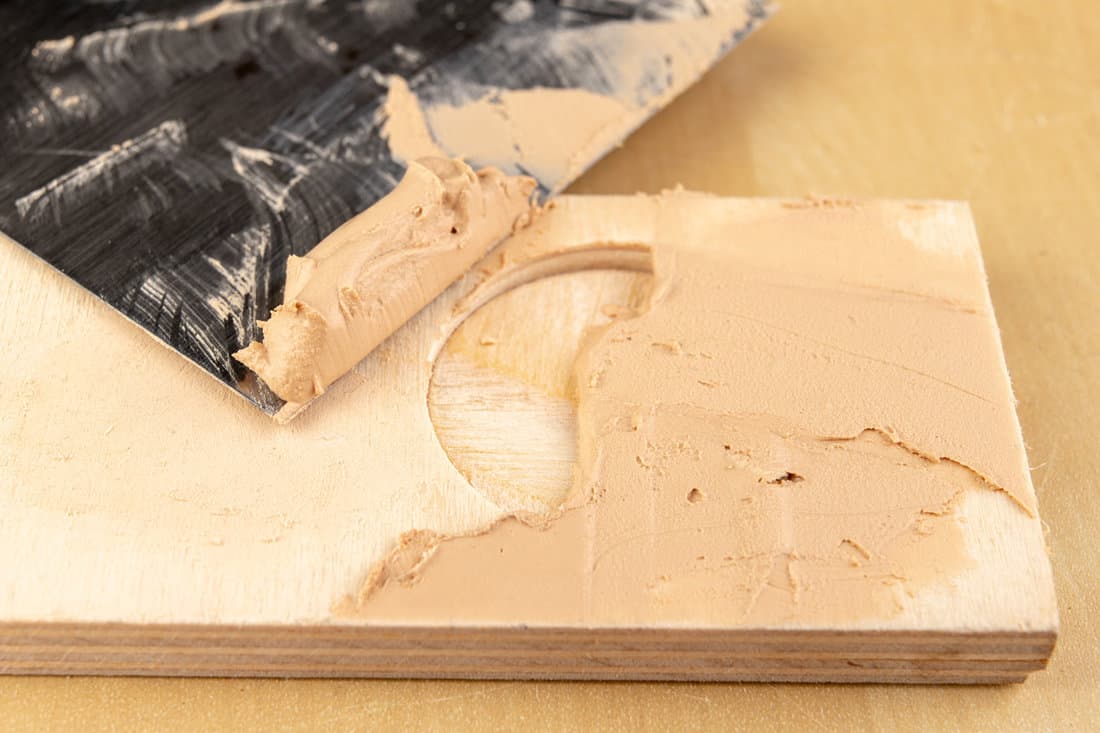
Understanding what a wood filler is and how you can use it is essential when deciding whether to use it to fill holes and gaps, repair broken or cracked furniture, or simply keep hard edges from causing accidents. Just remember that wood fillers will not stick to plastic. You can try, but it's just going to be a waste of effort and material.
No matter what the purpose is, keep in mind that you don't have to be an expert in order to do the tasks that require you to use wood fillers.
Before you go, check out these posts:


